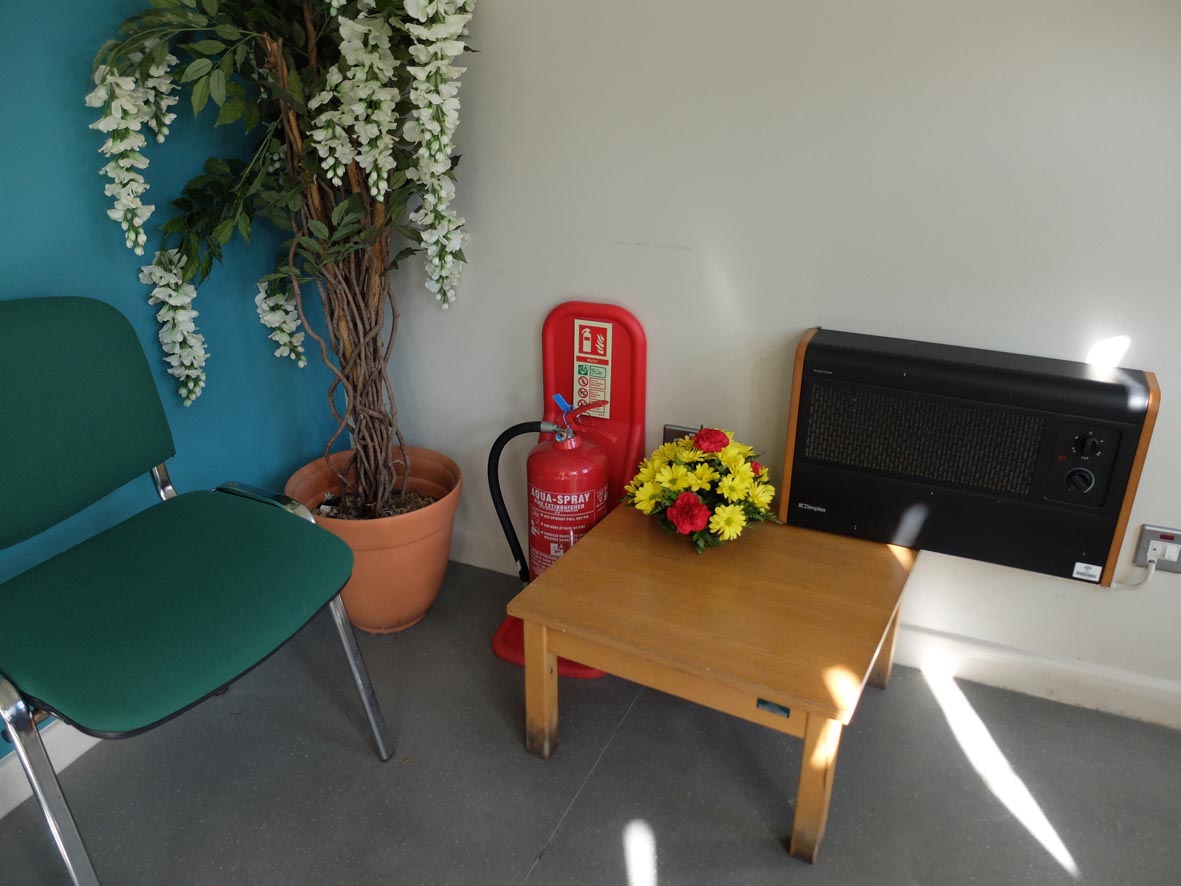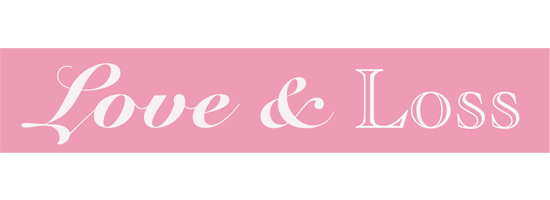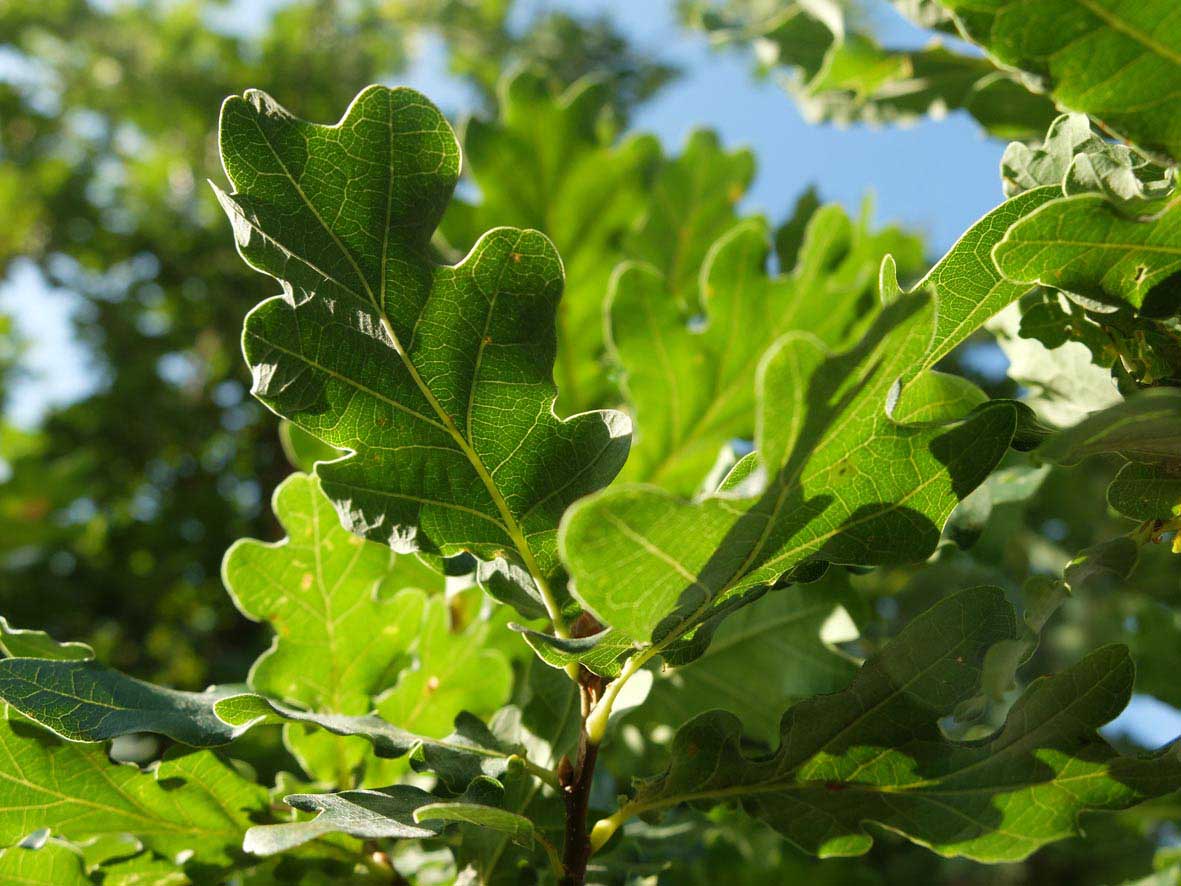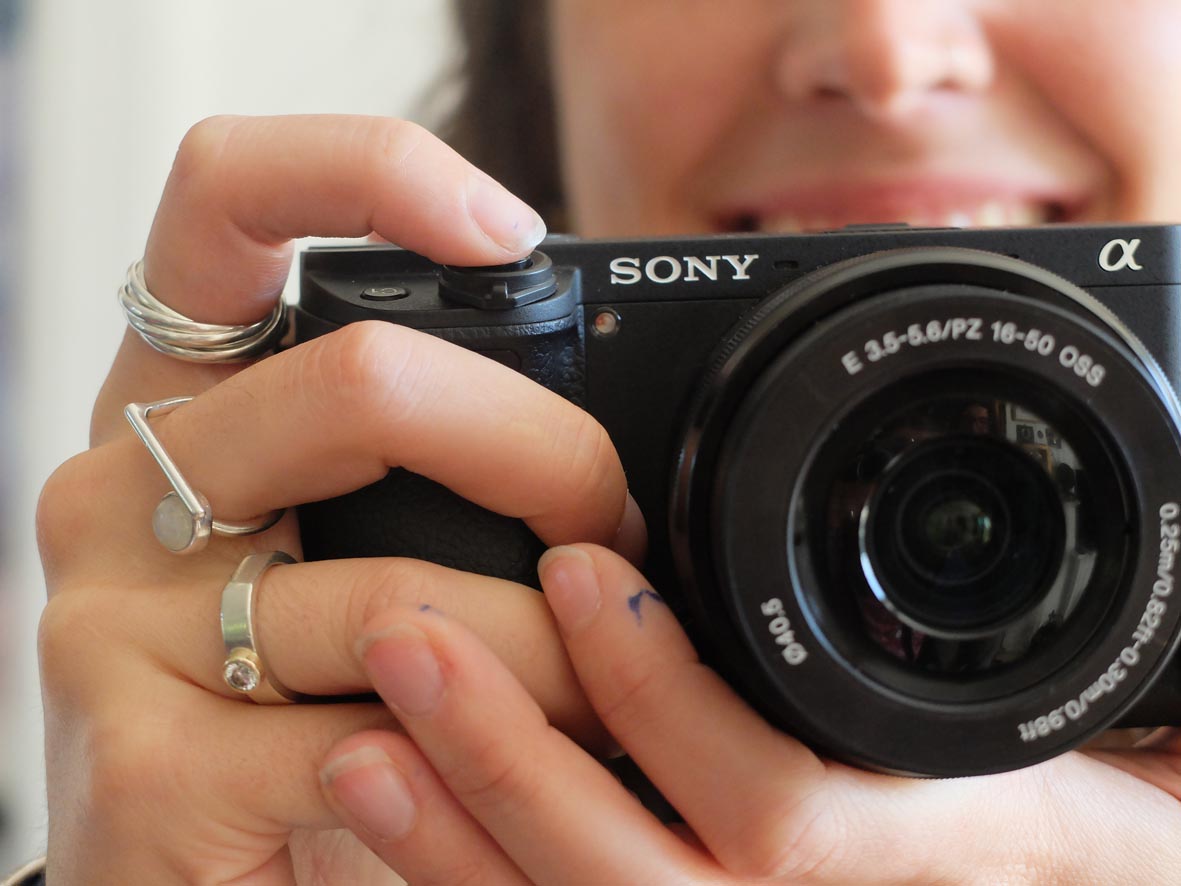25 Sep Crematorium Waiting Room
 A selection of apparently unrelated items nestle in the crematorium waiting room. They have each been chosen to give the illusion of comfort and safety in an environment that most will encounter during a period of very uncomfortable loss of emotional safety. The artifice of these flowers, the institutional furniture, intended to make me feel at home, highlights instead the way the business of dying has been hived off away from the clutter of home and family life.
A selection of apparently unrelated items nestle in the crematorium waiting room. They have each been chosen to give the illusion of comfort and safety in an environment that most will encounter during a period of very uncomfortable loss of emotional safety. The artifice of these flowers, the institutional furniture, intended to make me feel at home, highlights instead the way the business of dying has been hived off away from the clutter of home and family life.











